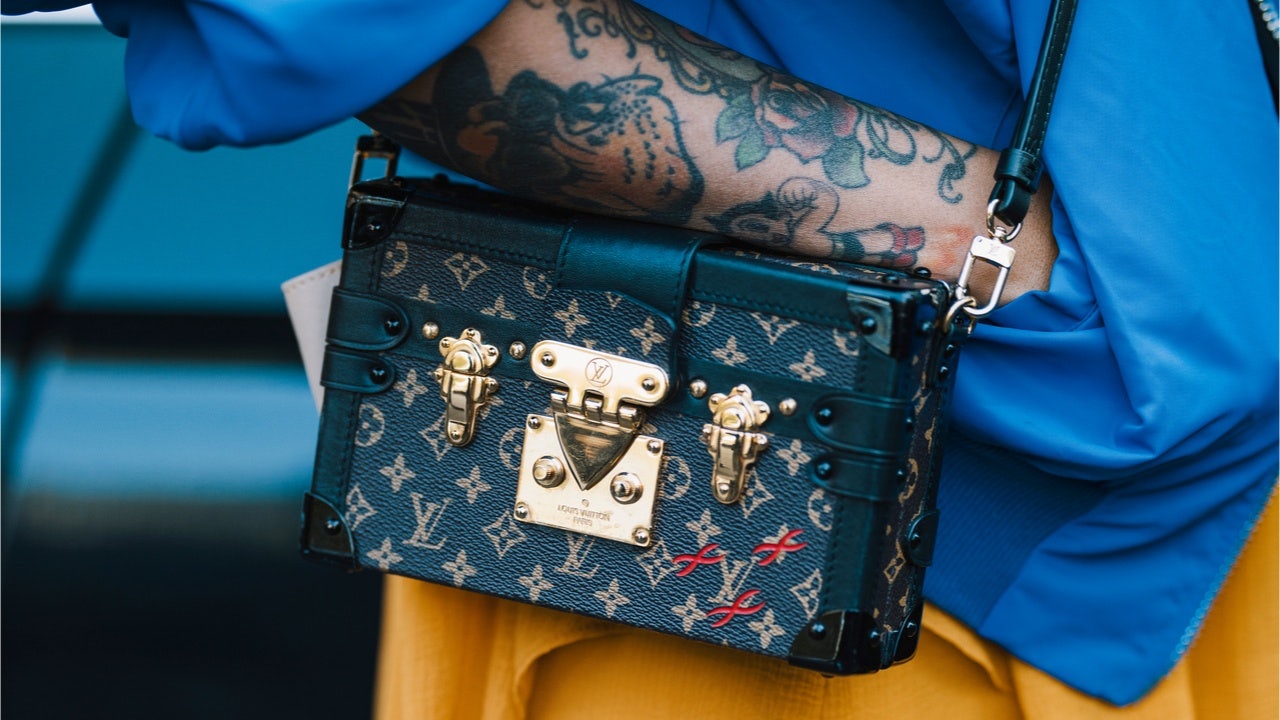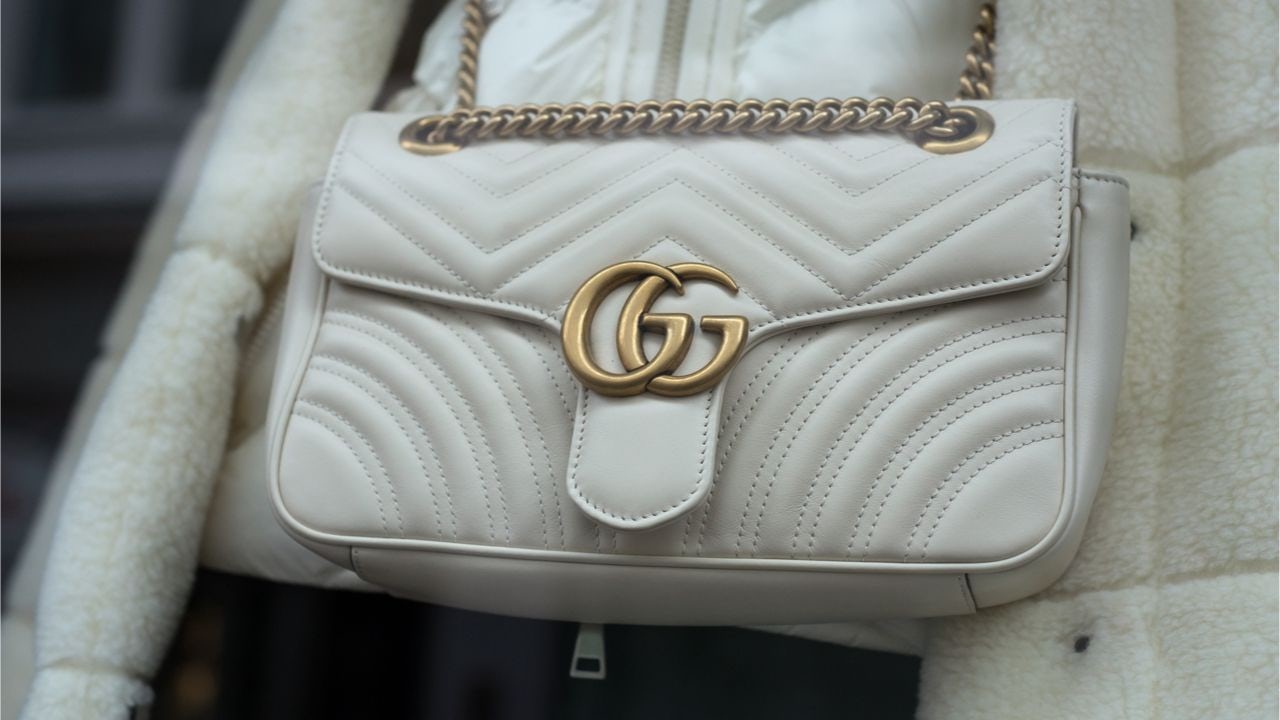Key Takeaways:#
- The EUR5bn+ sales club is a pretty exclusive one with a handful of brands and a few more coming but there is no ceiling to growth for luxury mega-stars.
- With ubiquity issues being addressed, these brands can tap into emerging clienteles in China, of course, but also in the US and beyond.
- Beyond recruiting newcomers, mix and price enhancements, as well as product diversification will play an important role, enabling leaders to reach new heights.
Yesterday, the LVMH Group published record sales on the back of Louis Vuitton, Dior, and Tiffany notably shooting the lights out. LV is the largest luxury brand by sales, Dior has broken into the EUR5bn+ mega-brand club and Tiffany is on the verge of becoming a member. Is there a limit to how much sales a luxury brand can generate? Bluntly, not.
There was, for a time, some doubts, as a few years ago Louis Vuitton, Gucci and a few others were running the risk of ubiquity as they were selling few SKUs in very high volumes. That has changed though, as some visionary managers such as Michael Burke (at the helm of Louis Vuitton for almost ten years now) and others addressed this by hyper-segmenting the product offering, communication, retail experiences, and more implying that consumers have not expressed any type of fatigue or boredom vis à vis big brands for a while.
So how can luxury mega-brands grow further? First, by tapping into new clienteles and second, by offering a lot more than the existing products and services they already have.
China, the US and beyond#
When I published my first book, The Bling Dynasty, to the question “what’s next after China for luxury?” I would answer “more China.” To be fair, the answer would still be that today as despite fears around the concept of “common prosperity” it remains very clear that the capacity the luxury brands have to recruit incremental consumers remains very strong in mainland China. And with the country being broadly closed since the spring of 2020, the quality of staff, retail, and the overall experience of luxury brand is significantly greater.
What the COVID-19 crisis has revealed, however, is how much recruitment potential there is in the US, almost an emerging market for luxury still and even European clients over the past 18 months have received a lot more attention from the brands and have started to spend significantly more. Many dream about Indian, Nigerian, Indonesian clienteles changing the destiny of luxury brands, and I am not saying those won’t move the needle one day, but there is much more growth to be tapped into before in China and the US before that happens.
A lot more to sell#
Your capacity to recruit new consumers (i.e., volume growth) should be a big driver but there are also many other ways to expand reported sales. First, in a market like today where there are many examples of demand exceeding supply, there is pricing power (more than covering for inflation fears) and from Chanel to Rolex, pretty much all brands are putting through price increases and benefiting from a trading up phenomenon.
Separately, some of the iconic brands are diversifying successfully into new categories. Who would have thought consumers would have a crush on Chanel jewelry; would spend thousands on Dior sneakers or a night at the new Bulgari hotel in Paris; millions on a Tiffany watch; would queue to purchase Hermès lipstick or swimwear at Moncler?
Louis Vuitton, as the most powerful brand in the space, has become relevant at most of the subsegments any luxury brand can dream of, from jewelry to fragrances, from city guides to restaurants and many more. Cartier, to a certain extent, invented product diversification more than forty years ago when the jewelry and watch brand launched Les Must, a collection of fragrances, lighters, pens, gifts, and more, moving from a very exclusive brand with historical flagships in Paris, London, and New York to the mega brand we know today.
If it makes sense, Louis Vuitton will manage to put an LV mark on many products and services that can be “premiumized,” a bit like Nike will manage to put a Swoosh on any product that will help athletes. And as Nike puts it, “if you have a body, you are an athlete.” Bernard Arnault, at the helm of the LVMH group, repeated a striking comment along the lines of: Louis Vuitton does not sell fashion or even handbags, it sells culture. Who won’t want that? The sky’s the limit!
Erwan Rambourg has been a top-ranked analyst covering the luxury and sporting goods sectors. After eight years as a Marketing Manager in the luxury industry, notably for LVMH and Richemont, he is now a Managing Director and Global Head of Consumer & Retail equity research. He is also the author of Future Luxe: What’s Ahead for the Business of Luxury (2020) and The Bling Dynasty: Why the Reign of Chinese Luxury Shoppers Has Only Just Begun (2014).

